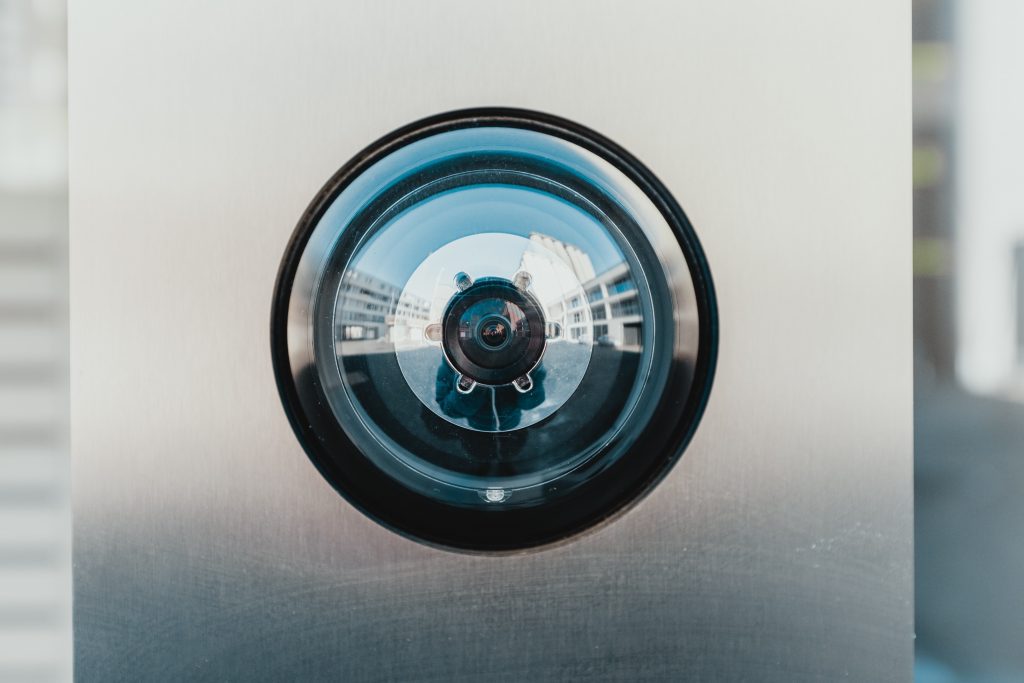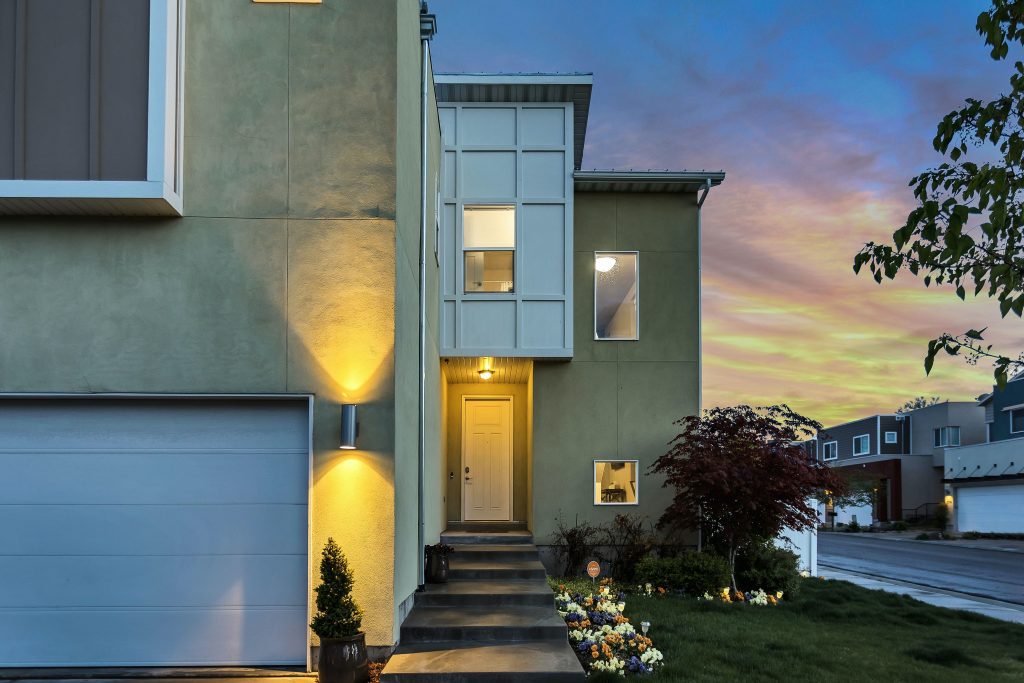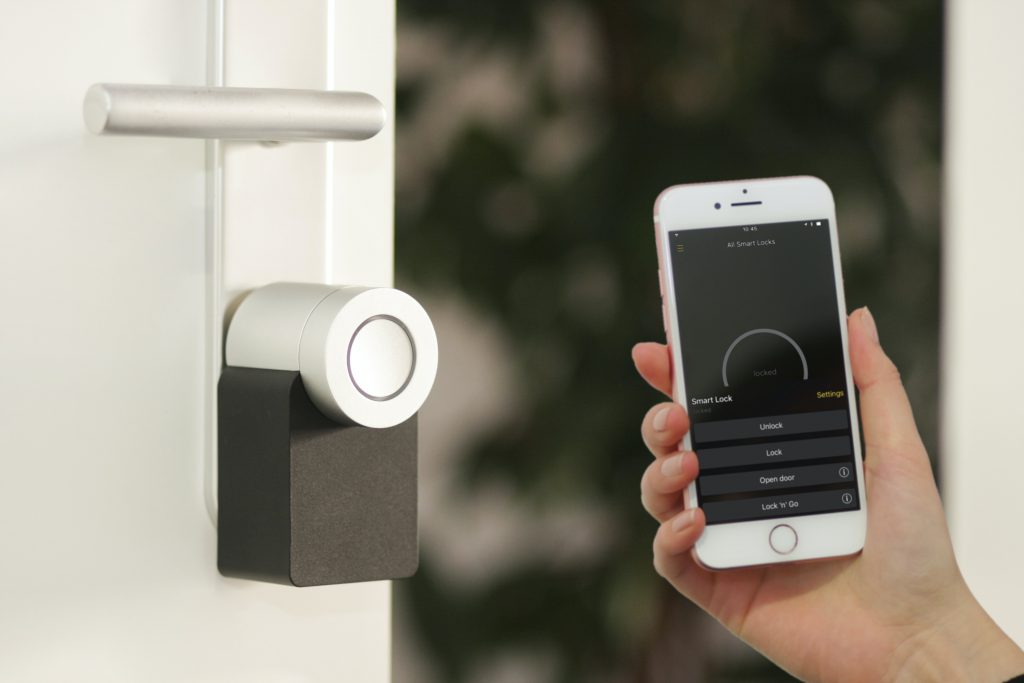Are you concerned about the safety and security of your home? If so, you’ve come to the right place. In this article, we will guide you through a comprehensive home security checklist that will help you evaluate and enhance your current setup. By taking these steps, you can gain peace of mind knowing that your home is well-protected and that you have taken the necessary precautions to keep yourself and your loved ones safe. So let’s get started and make your home a fortress of security!
Assessing the Exterior
The first step in enhancing your home security is to assess the exterior of your property. Start by checking the integrity of your doors and windows. Are they in good condition? Do they close securely? Any cracks or gaps could be potential entry points for intruders.
Next, evaluate the quality of your locks. Make sure they are working properly and are sturdy enough to withstand forced entry. Consider upgrading to deadbolt locks for added security.
Inspect the outdoor lighting around your property. Well-lit areas are less attractive to criminals, as they prefer to work under the cover of darkness. Ensure that all entry points, including doors, windows, and garage areas, are well illuminated.
Consider installing security cameras around your property. They act as a deterrent and can help identify intruders in the event of a break-in. Place cameras at key locations, such as entrances and vulnerable areas.
Finally, assess the state of your perimeter fencing. Check for any damages or weaknesses that could be exploited. Reinforce or repair any weak spots to make it more difficult for unwanted visitors to gain access to your property.
Reviewing the Entry Points
Once you have assessed the exterior, it’s time to review the entry points of your home. Start by examining the condition of your front door. Look for any signs of wear and tear, such as cracks or loose hinges. If necessary, consider replacing the door to ensure it is sturdy and secure.
Check the strength of the door frame. A weak frame can easily be kicked in, allowing for easy entry. Reinforce the frame with metal plates or consider upgrading to a solid core or metal door.
Inspect the quality of the door lock. Consider upgrading to a deadbolt lock that extends deep into the door frame for added security. Ensure that the lock is in good working condition and consider rekeying or changing the locks if you have recently moved into a new home.
Evaluate the security of your windows. Check for any vulnerabilities, such as weak locks or easy-to-break glass. Consider installing window security film, which can make it more difficult for intruders to break the glass and gain entry into your home.
Consider reinforcing your entry points. Install security bars on ground-level windows or add window security film for extra protection. Install door braces to prevent doors from being kicked in, and consider adding a security door or gate to the front entrance for an added layer of protection.

Enhancing Indoor Security Measures
Indoor security is just as important as outdoor security. Start by installing a security alarm system. These systems can deter burglars and alert you and the authorities in case of a break-in. Choose a system that fits your needs and budget, and consider professional monitoring for added peace of mind.
Invest in motion sensor lights for added indoor security. These lights automatically turn on when motion is detected, making it more difficult for intruders to move around undetected. Place them strategically in high-traffic areas such as hallways and entryways.
Consider putting up window film on ground-level windows. Window film can prevent intruders from seeing inside your home, adding an extra layer of privacy and security. It also makes it more difficult for them to break the glass and gain entry.
Assess the security of garage entry points. Garages are often overlooked when it comes to home security, but they can be a common entry point for burglars. Make sure your garage doors are secure and consider installing a garage door opener with rolling codes for added security.
Evaluate the strength of interior doors. While the focus is often on external doors, it’s important not to neglect the doors inside your home. Consider upgrading to solid core doors, which are more difficult to kick in or break. Also, ensure that the door frames and hinges are strong and in good condition.
Securing Valuables
Protecting your valuables is an essential part of home security. Consider purchasing a safe to store important documents, jewelry, and other valuable items. Choose a safe that is fireproof and securely bolt it to the floor or wall.
Document and photograph valuable possessions. In case of a break-in, having an inventory with descriptions and photos of your valuables can facilitate insurance claims and aid in the recovery process. Keep the inventory and photos in a secure location, such as a safe or a password-protected digital storage.
Store important documents in a secure location. This includes documents such as passports, birth certificates, wills, and financial records. Consider getting a lockable file cabinet or a portable lockbox to keep these documents safe from theft and fire.
Install security measures for specific items. If you have valuable items such as electronics, artwork, or firearms, consider installing additional security measures such as alarms, locks, or display cases with built-in locks.
Consider using a home inventory app to help you keep track of your valuable possessions. There are many free and paid apps available that allow you to create and manage a detailed inventory of your belongings, making it easier to assess any losses in case of theft or disaster.

Assessing Home Automation Systems
Home automation systems can enhance your home security by allowing you to monitor and control various aspects of your home remotely. Look into smart security devices such as smart locks, doorbell cameras, and motion sensors that can be integrated into your existing home automation system.
Evaluate the functionality of your existing home automation system. Ensure that all components are working properly and are up to date. If you don’t already have a system in place, consider the benefits of installing one to enhance your home security.
Consider integrating your security measures with your home automation system. This can allow you to control and monitor things like locks, cameras, and alarms from your smartphone or other smart devices. This integration can provide you with added convenience and peace of mind.
Review options for remote monitoring. Many home security systems offer the ability to remotely monitor your home through a smartphone app or a web portal. This allows you to check in on your property, receive notifications, and even view live footage from your security cameras while you’re away.
Assess the effectiveness of your existing alarms and sensors. If you have outdated or malfunctioning alarms or sensors, consider replacing or upgrading them. Regularly test all components of your security system to ensure they are in proper working order.
Reviewing Security Practices
In addition to physical security measures, it’s important to review and improve your security practices. Develop a home security routine that includes habits such as locking doors and windows, setting alarms, and checking outdoor lighting before going to bed or leaving your home.
Create a neighborhood watch program. Get to know your neighbors and establish a sense of community. Encourage everyone to look out for each other’s homes and report any suspicious activities to the local authorities.
Educate family members about security protocols. Teach everyone in your household how to properly arm and disarm the security system, lock doors and windows, and respond to emergencies. Make sure children know their address and how to contact emergency services.
Regularly change door lock codes and passwords. If you have keyless entry systems or alarm systems with access codes, change the codes periodically to reduce the risk of unauthorized access.
Test and update emergency contact information. Make sure your emergency contact list is up to date and accessible to all family members. Include local authorities, the fire department, and medical professionals. Also, clearly display emergency contact information near your landline phone or on your refrigerator.

Evaluating Fire Safety Measures
Fire safety is an important aspect of home security. Ensure the presence of smoke detectors in every bedroom, outside sleeping areas, and on every level of your home. Test the detectors regularly and replace batteries as needed.
Review the locations of fire extinguishers in your home. There should be one on each level, including the kitchen and garage. Make sure everyone in your household knows how to use them properly.
Practice fire escape drills with your family. Develop a plan that includes multiple escape routes from each room and a designated meeting place outside. Hold regular drills to ensure that everyone knows what to do in case of a fire.
Consider installing a sprinkler system in your home. While it may be a more expensive option, sprinkler systems can greatly reduce the risk of fire damage and provide added protection for you and your family.
Evaluate the accessibility of fire exits. Ensure that all windows and doors designated as fire exits are easily opened and unobstructed. Remove any obstacles that could hinder a quick and safe escape in the event of a fire.
Enhancing Outdoor Security
Outdoor security measures play a crucial role in deterring potential intruders. Install outdoor security lights around your property. Well-lit areas can discourage criminals from approaching your home. Consider motion sensor lights for added convenience and energy savings.
Consider a home security system with outdoor monitoring. These systems allow you to keep an eye on your property, view live footage, and receive alerts if any suspicious activity is detected.
Maintain visibility on your property by trimming foliage. Overgrown shrubs and trees can provide hiding spots for intruders. Regularly trim back vegetation near windows, doors, and other access points to eliminate potential hiding places.
Secure outdoor equipment and tools. Keep bicycles, ladders, and other valuable items locked up or stored in a locked shed or garage. Unsecured items can attract the attention of thieves and make it easier for them to gain access to your property.
Evaluate the security of sheds and detached structures. These areas are often less secure than the main house and can be easy targets for thieves. Install secure locks, consider reinforcing doors and windows, and ensure that these structures are well-lit to deter potential intruders.
Reviewing Emergency Preparedness
Being prepared for emergencies is essential for home security. Create an emergency kit that includes essentials such as first aid supplies, non-perishable food, water, flashlights, batteries, and a battery-powered radio. Store the kit in an easily accessible location.
Develop an emergency communication plan. Establish a primary and secondary meeting place for family members in case of an evacuation or separation. Also, determine a designated out-of-area contact person who everyone can check in with to provide updates and receive information.
Consider a backup power supply. Power outages can leave your home vulnerable and can disable security systems. Invest in a backup power supply, such as a generator or battery backup for your security system, to ensure that your home remains protected during power failures.
Prepare for natural disasters common in your area. Depending on where you live, you may need to take additional precautions such as earthquake straps, hurricane shutters, or tornado shelters. Follow local recommendations and ensure that your home is properly prepared for potential disasters.
Educate family members about emergency procedures. Make sure everyone knows how to respond during different emergency scenarios, such as fires, severe weather, or medical emergencies. Conduct regular drills to practice these procedures and ensure that everyone is familiar with the necessary steps to stay safe.
Hiring Professional Security Services
If you feel that your home security requires professional assistance, consider hiring a reputable security company. Research different companies in your area and evaluate the services they offer. Look for companies that have experience in residential security and have positive customer testimonials and ratings.
Evaluate the services offered by security companies. Some may offer alarm monitoring, security patrols, video surveillance, or access control systems. Choose a company that provides the services that best suit your needs and budget.
Assess the cost-benefit of professional security. Compare the costs of hiring a professional security service with the potential benefits it can provide. Consider factors such as the value of your home and possessions, your location, and your peace of mind.
Consider personal security options. In addition to professional security services, there are personal security measures you can take, such as self-defense classes or personal safety devices. Evaluate what additional measures may be appropriate for your specific situation.
Review customer testimonials and ratings. Before making a decision, take the time to read reviews and ratings of security companies to gauge the experiences of other customers. Look for companies that have a positive reputation for quality service and customer satisfaction.
By following this comprehensive home security checklist, you can evaluate and enhance your current setup to better protect yourself, your family, and your belongings. Remember, home security is an ongoing process, so regularly review and update your security measures to ensure their effectiveness. With the right precautions in place, you can have peace of mind knowing that your home is secure.
About The Author
UnitedSystems69 is your expert guide in the realm of home security and state-of-the-art security systems. With years of industry experience, they navigate the evolving landscape of security, from traditional setups to the latest smart technologies.
UnitedSystems69 simplifies complex security concepts, offering accessible insights for homeowners. Their expertise spans a range of topics, from integrating smart devices to budget-friendly solutions, ensuring that every reader can fortify their home effectively.
Known for a blend of engaging writing and expert advice, UnitedSystems69 makes home security approachable. Stay informed, explore the latest technologies, and embark on a journey to a safer home with UnitedSystems69 as your trusted companion.

